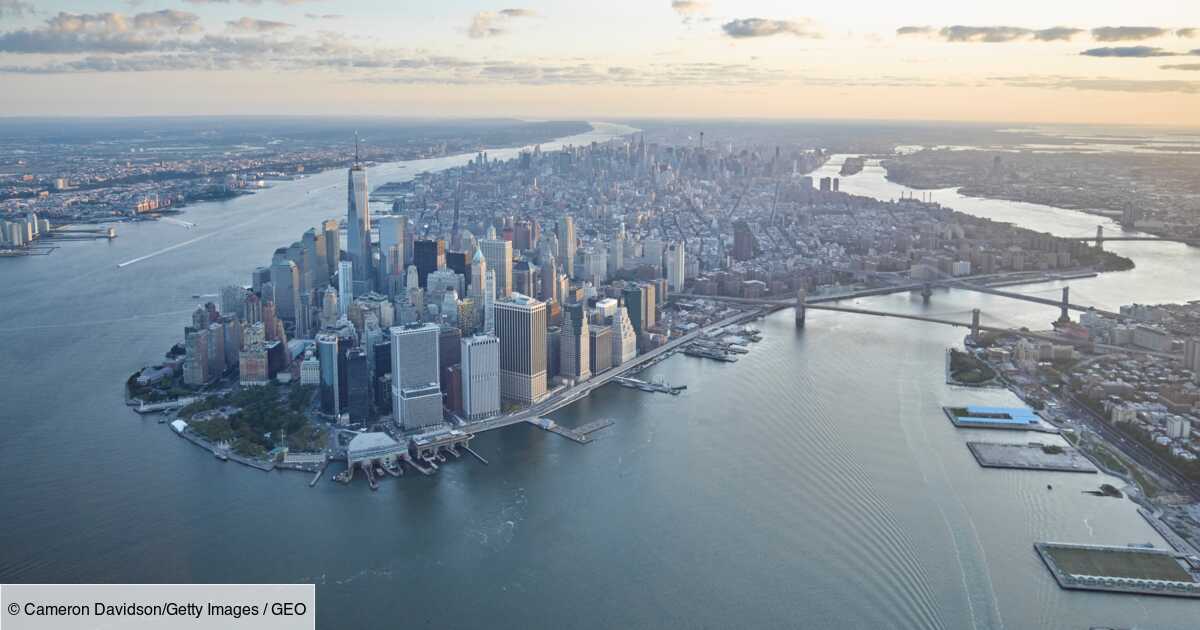It’s hard to imagine that about two hundred years ago, New York was oyster heaven. Mollusks were once the stars of famous New York street stalls now filled with hot dogs and pretzels. But pollution got the better of the billions of oysters that invaded the bay of the most populous city in the United States. In addition to having almost disappeared, the oysters have become unfit for consumption. So gradually, the importance of oysters in New York’s history was forgotten.
It was without counting on the “Billion Oyster Project”, a collective which decided to unearth this history to put it at the service of the environment: by 2035, the volunteers are committed to reintroducing a billion living oysters in New York Bay, on at least 40 hectares. The objective is twofold: to clean the ultra-polluted waters on the outskirts of the megalopolis and perhaps, eventually, find edible oysters in the port of New York.
Up to 190 liters of filtered water every day
Because oysters have powerful ecological virtues: just one of these small sea creatures can filter up to 190 liters of water each day. ” Without oyster reefs, the entire coastline is fundamentally altered “Pete Malinowski, executive director of the Billion Oyster Project, told CNN Business. Their relocation in the bay thus makes it possible to provide habitat for marine life, but also to protect the city’s shores in the event of flooding, since they act as natural dikes in the event of a storm. In short, true engineers of the ecosystem.
So far, 28 million oysters have already been reintroduced. And the whole city is getting its hands dirty: New York schoolchildren raise oyster larvae in their science rooms transformed into giant incubators, and restaurateurs provide them with empty shells in which they can develop. . ” Before, we only kept the lower shell for presentation. Now, care is taken to keep both shells to provide habitat for the larvae where they can grow. », Says Naama Tamir, restaurateur in New York, in a report on France 2. In all, 75 restaurants and 70 schools are participating in the project, and more than 9,000 volunteers regularly help biologists to relocate the reefs.
How oysters built New York
Will New York once again become the oyster capital? There is still a long way to go to find the ecosystem richness of yesteryear. When English explorer Henry Hudson arrived in New York City in 1609, its waters were home to nearly half of the world’s oyster population, some of which were up to 12 inches long. These mollusks provided food for generations of Lenapes, the Native American people who lived in New York City before the arrival of Europeans. The city was also built largely thanks to oysters: we used the combustion of their shells to make lime which was used to construct buildings (like Trinity Church for example). But the smoke from the shells was so thick and acrid that the New York provincial government banned their incineration within the city walls in June 1703.
By the beginning of the 20th century, the last edible oysters had already been consumed, the oyster reefs were covered with silt and the water quality too poor to allow the regeneration of oysters or any other trace of marine life. The waters of the bay remained toxic for more than 50 years, until the 1972 passage of the Clean Water Act, a law banning the dumping of garbage and untreated sewage into New York Harbor.
READ ALSO
⋙ What to do in New York when you love nature?
⋙ Oysters, sentinel of marine pollution
⋙ In New York, we grow high-tech salads on vertical farms
⋙ In the United States, more than 600 million birds die each year from skyscrapers
–

:quality(80)/cdn-kiosk-api.telegraaf.nl/2b76c32e-ff4d-11eb-adca-02d2fb1aa1d7.jpg)
